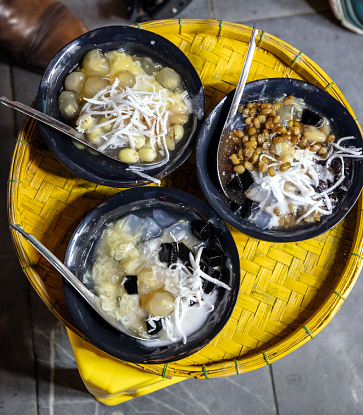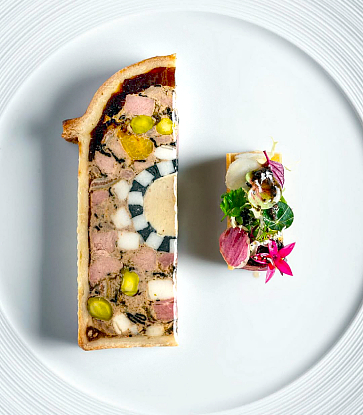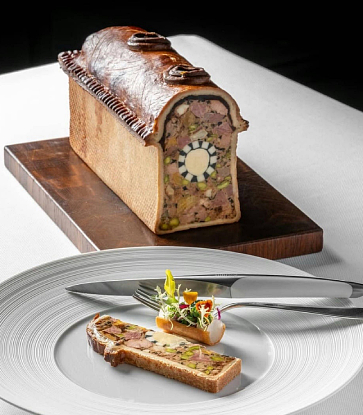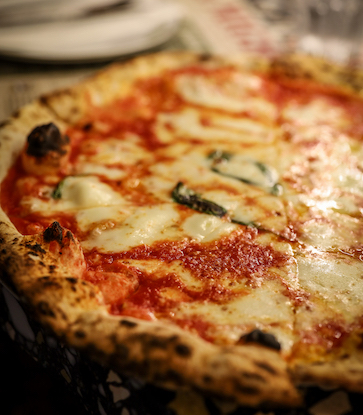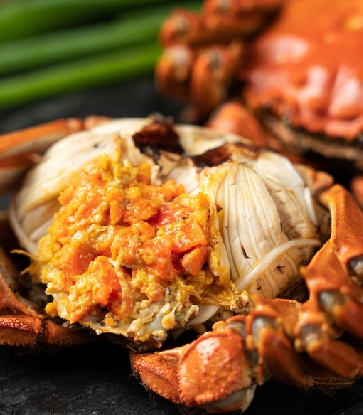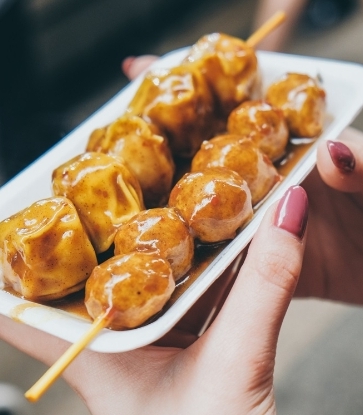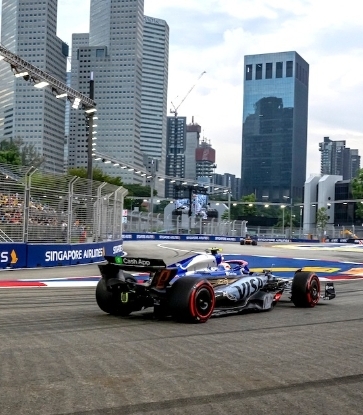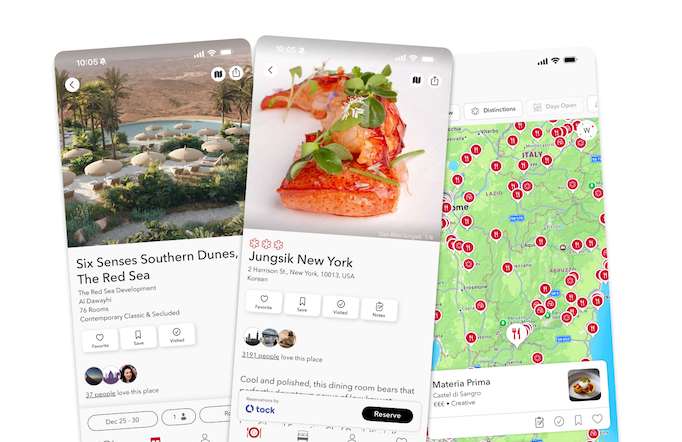From humble street food to wok-fried restaurant fare, Singapore’s pantheon of legendary dishes is as diverse and distinct as it is internationally recognizable.
But none hold a candle to the cherished Chilli Crab — a sweet, spicy, savory and tangy dish that scuttled onto Singaporean plates nearly a decade before the republic’s independence.
Creating a national icon
As the story goes, Chilli Crab was invented in the 1950s by husband-and-wife duo Lim Choon Ngee and Cher Yam Tian. Lim caught crabs and brought them home to his wife, Cher, who cooked them. To keep dinners interesting, she began stir-frying them with bottled tomato sauce — and when she ran out of that, chili sauce.
This improvisation would later become their signature dish when they opened a riverside seafood shack. Word spread quickly, leading Hooi Kok Wah — one of four chefs then-regarded as the so-called “heavenly kings” of Chinese cuisine in Singapore — to spin off a variant for his restaurant in 1963.
The chef’s version featured gravy laced with tomato sauce, vinegar, sambal and egg whites. It was luscious, piquant and unapologetically addictive, propelling Chilli Crab to icon status.
The secret sauce to Chilli Crab
For Paul Liew, one of three siblings behind the family-run Keng Eng Kee (Bukit Merah), Chili Crab’s global appeal boils down to “layers of flavor” shaped by Singapore’s multicultural identity.
The third-generation proprietor explains, “Singaporean cuisine is a melting pot. Even Singapore is a melting pot. Starting from our school days, we’ve been exposed to different races and cultures. Our Chinese food is not Chinese food as you know it in China. Our Malay food is not as it is in Indonesia or Malaysia. We tweak it just a little bit to what Singaporeans feel it should be because of the multiracial culture we are brought up with.
“For Chilli Crab, we embrace not just the Chinese influences, but also Malay and Western influences,” adds Liew, who serves the signature dish at his zi char restaurant with meaty mud crabs imported from Sri Lanka, Indonesia and the Philippines.
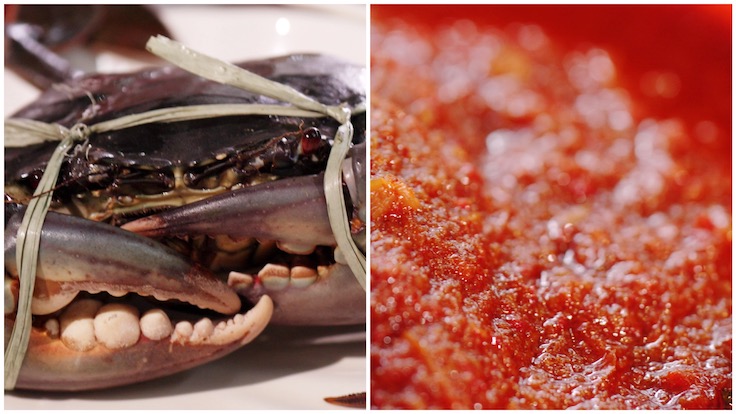
“We start with a rempah (spice paste), which is derived from Malay culture — we do it with galangal, ginger and chili, and we fry it in the wok. That’s the Chinese influence. Then we add bottled tomato sauce, which came from Western cuisine. So, you see, there’s a mix of everything to create something very local and very Singaporean,” he adds.
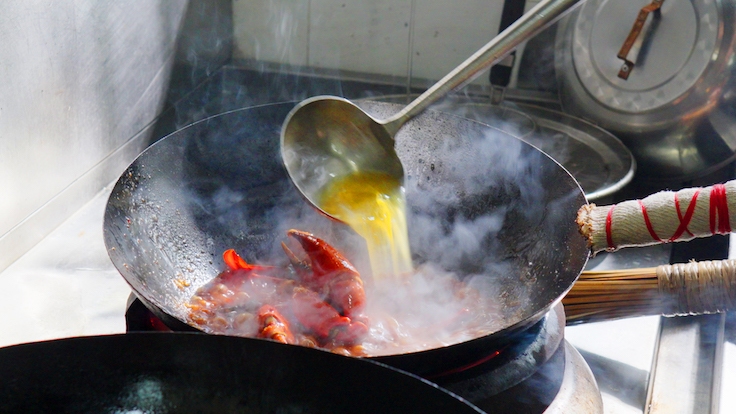
As a final flourish before service, the gravy is thickened up with a cornstarch slurry and a splash of beaten raw eggs for a “smooth, eggy, creamy texture” that begs to be ladled onto fried rice or — as the locals like it — sopped up with mantou (Chinese steamed buns, often served deep-fried).
Honoring heritage with food
Having operated for 55 years, Liew’s Chinese homestyle cooking is almost as old as the country itself. It’s unsurprising, then, that the proprietor often draws parallels between the evolution of his brand and Singapore’s own culinary progression.
“Right now, Singapore is almost 60 years old. We are not old, but we are not young either. At Keng Eng Kee, we’ve gone through three generations growing together with Singapore, and we’ve kept to heritage flavors,” he says.
“We also have industry friends doing modernized heritage food, and I think that is a very good movement. It’s like water — there are always waves that get things moving.”
Even national dishes like Chilli Crab have not been left out of this culinary revival with novel reinterpretations like chilli crab chips, xiao long bao (Chinese soup dumplings, traditionally filled with pork) and burgers.
Liew himself was a part of the movement — several years ago, he experimented with selling soft-shell crab burgers drenched in chili crab sauce at a counter in his restaurant.
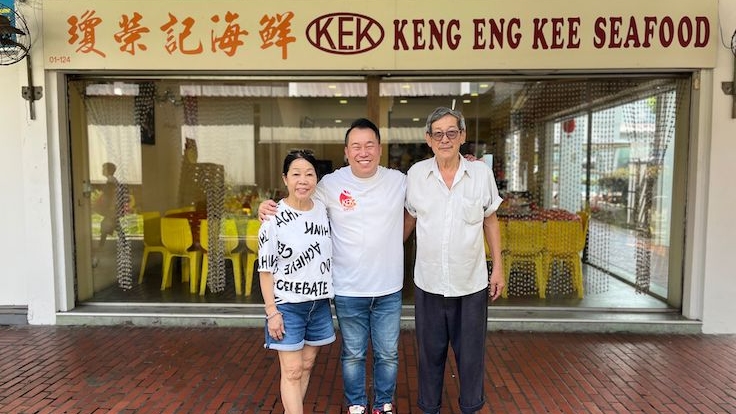
“Grandma is the boss of bosses. She was the first generation that started this, and one dish we have not changed even now is our signature claypot pig’s liver,” he says. “We serve it not just with the same flavors, but with the same pride and love from her, even though she’s no longer working in the kitchen — that is how we pay tribute to her.”
Cracking crab and making memories together
Liew sees family as the heart and soul of zi char restaurants — an ethos that extends to both customers and staff.
“During COVID, when things were shut down and there were a lot of retrenchments and salaries not being paid or reduced, my grandma called me on the phone. She said, ‘I know business is hard, but please take care of the staff, they are like our family since the first day I started the business.’ It reaffirmed how our philosophy at Keng Eng Kee has always been about family first,” he says.
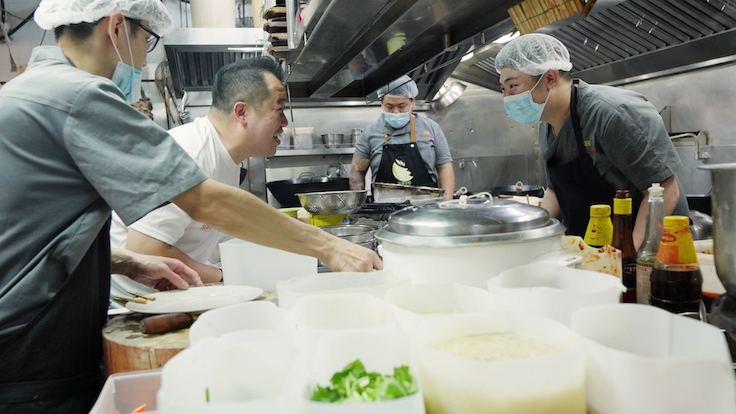
Indeed, family was how Liew managed to find a silver lining amid the challenges of the pandemic. “In the family restaurant business, we almost never get the chance to sit and eat together,” he says. But during COVID, when there was no dine-in and it was so difficult, that was the time we had weeks of family meals together. It’s something I can look back on and treasure.”
Perhaps one of the reasons for Chilli Crab’s enduring popularity is its unique ability to bring together friends and family, even in the rush of the modern world.
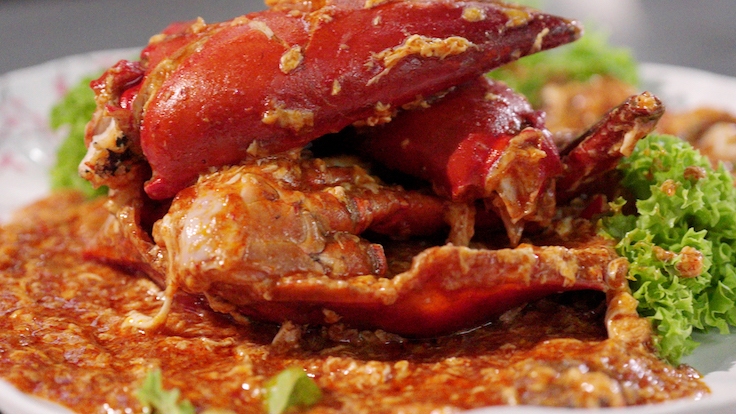
“This dish is very special in my memory because once it is served, everybody stops using their phones. You need to eat it with your hands — whatever you are doing, you have to stop, you have to eat, and that is when I think the real meal starts,” he says. “I think that is what a real family meal at a zi char restaurant should be — getting together over a meal and enjoying it with good chats and laughter.”
Header and thumbnail images are from Keng Eng Kee (Bukit Merah).




